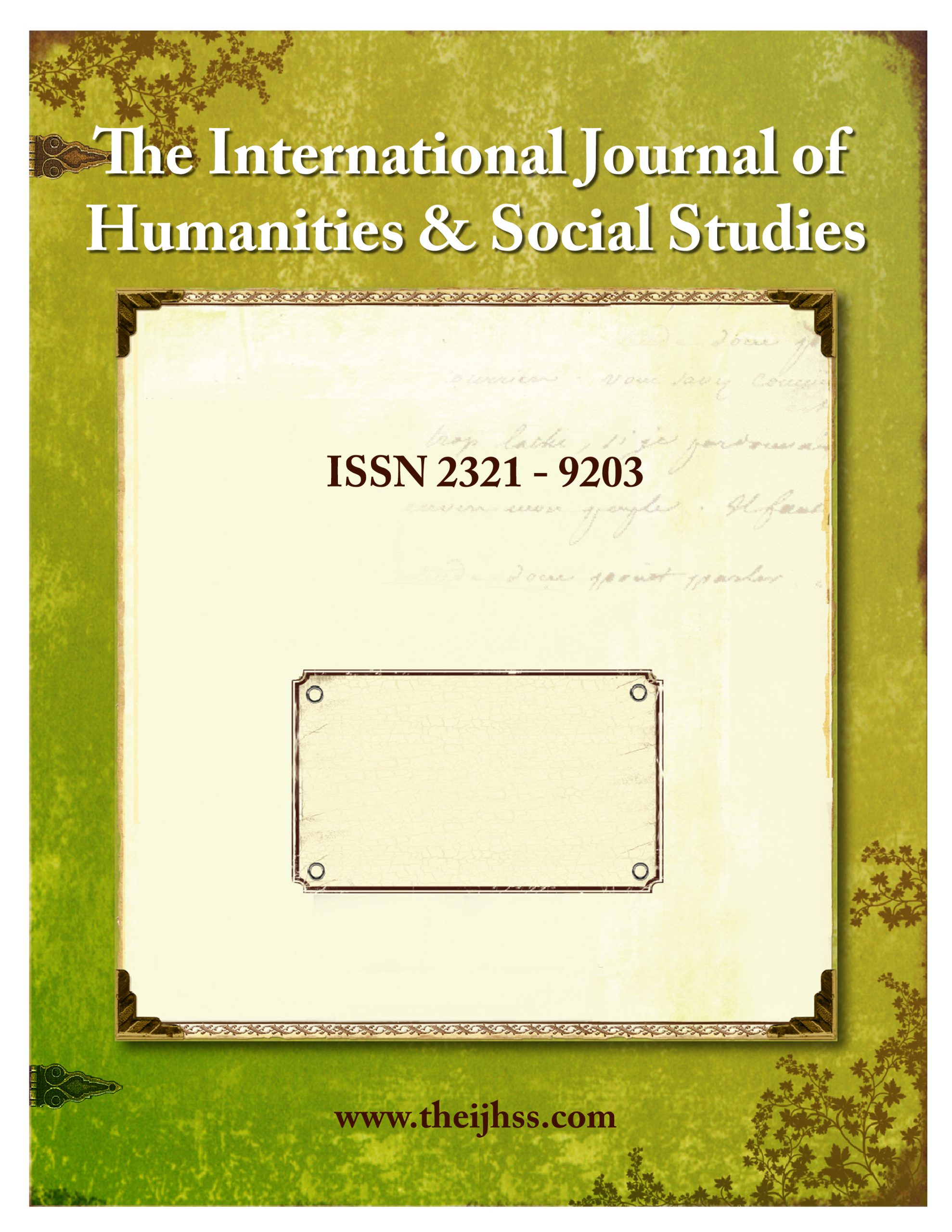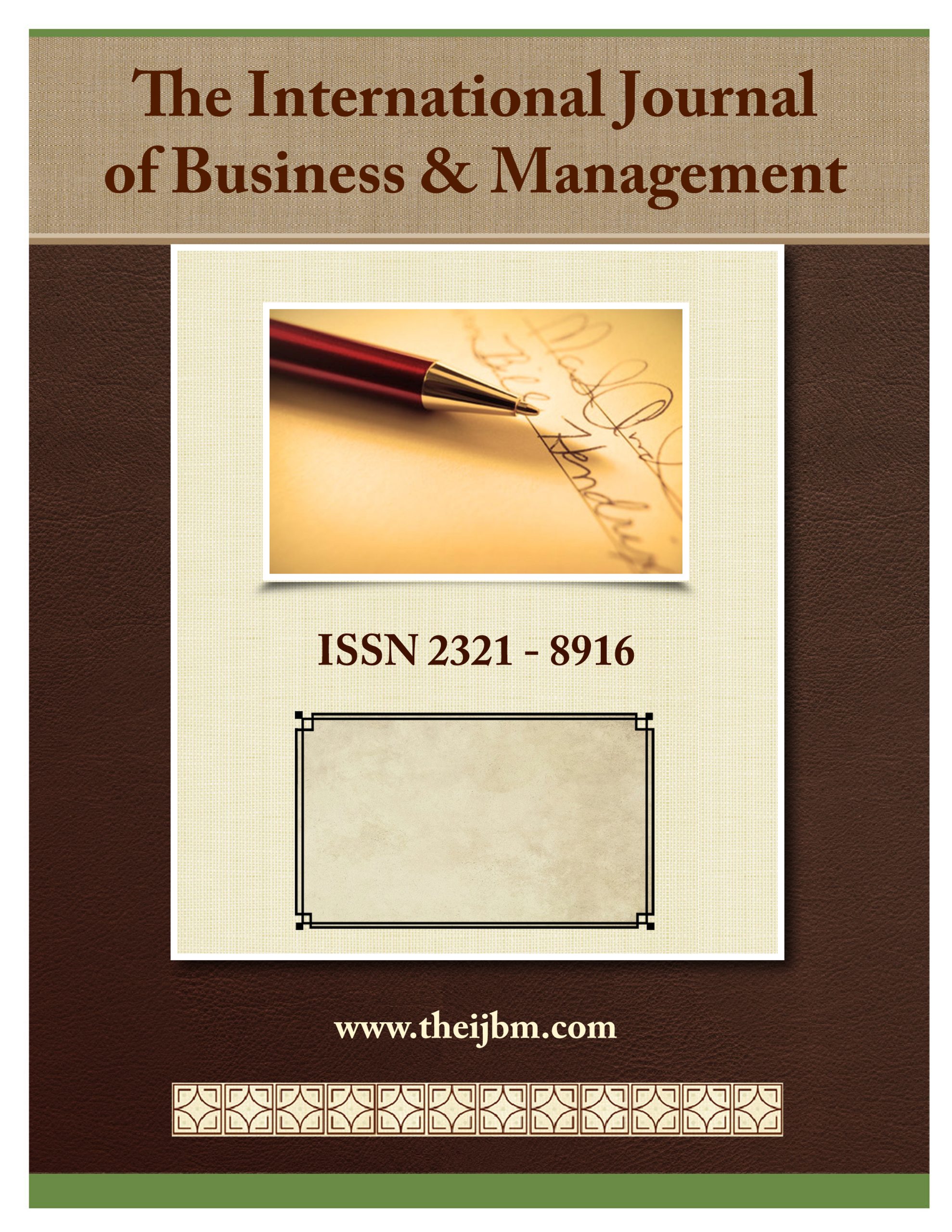Publishing your first journal article can be an exciting and rewarding experience. But it is also challenging and intimidating. Several journal calls for paper come out every day but not all of them are read. And getting yourself published in a successful journal is a difficult job. To help you navigate the process and increase your chances of success, here are seven essential tips:
- Choose the Right Journal: Selecting the appropriate journal for your research is crucial. Consider the scope, target audience, impact factor, and reputation of different journals in your field. Aim for a journal that aligns closely with the topic and methodology of your study. Selecting a journal that aligns closely with the topic, scope, and methodology of your research ensures that your work will reach the appropriate audience. Choosing a journal that closely matches your research increases the chances of your manuscript being reviewed by experts who are well-versed in your specific area of research and can provide valuable feedback.
- Understand the Journal’s Requirements: Carefully read and understand the journal’s submission guidelines and formatting requirements. Ensure that your manuscript meets all the specified criteria, including word limits, citation style, and supporting documentation. Failure to adhere to these guidelines can result in immediate rejection.
- Prepare a Strong Title and Abstract: The title and abstract of your article play a significant role in attracting readers and potential citations. Craft a concise and compelling title that accurately reflects the content of your research. Similarly, write a clear and engaging abstract that highlights the purpose, methodology, key findings, and implications of your study.
- Present a Clear and Structured Manuscript: Structure your article following a logical flow, including sections such as introduction, methods, results, discussion, and conclusion. Clearly state your research question or hypothesis and provide sufficient detail about your methods to allow for reproducibility. Use clear and concise language to communicate your findings effectively.
- Highlight Novelty and Contribution: Clearly articulate the novelty and contribution of your research. Identify what sets your study apart from existing literature and emphasise how it advances the knowledge in your field. Highlight any new insights, methodologies, or practical implications that your research offers.
- Address Peer Reviewer Comments Effectively: If your manuscript receives feedback from peer reviewers, carefully consider their comments and suggestions. Respond to each comment respectfully and provide clear explanations or revisions where necessary. Demonstrating your ability to address feedback positively can improve the chances of acceptance.
- Seek Feedback and Revise: Before submission, seek feedback from mentors, colleagues, or members of your research group. Incorporate their suggestions to improve the clarity, structure, and overall quality of your manuscript. Multiple rounds of revision are often necessary to refine your work and increase its chances of acceptance.
Remember, publishing your first journal article can take time and perseverance. Stay patient, persistent, and open to learning from the feedback you receive along the way. With diligence and a commitment to excellence, you can successfully navigate the publication process and contribute to your field of study.










